How do animals like chameleons change their skin color?
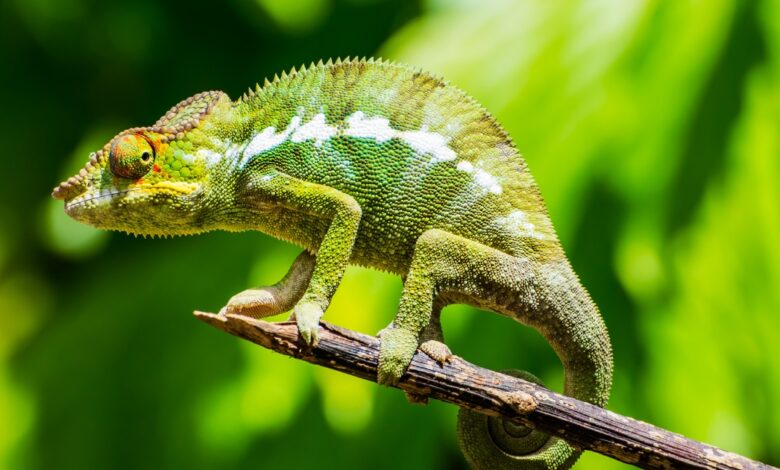
How do animals like chameleons change their skin color?
Introduction
The ability of animals like chameleons to change their skin color has long fascinated scientists and nature enthusiasts alike. From blending seamlessly into their surroundings to communicating with conspecifics, this remarkable adaptation serves a multitude of purposes in the animal kingdom. Yet, the mechanisms behind this phenomenon remain shrouded in mystery. Join us as we embark on a journey to unravel the secrets of color change in chameleons and other color-changing creatures, exploring the intricate biology and evolutionary significance of this captivating ability.
Specialized Skin Cells: Chromatophores, Xanthophores, and Melanophores
Chameleons and other color-changing animals possess a remarkable array of specialized skin cells that enable them to alter their appearance in response to various stimuli. These cells, known as chromatophores, xanthophores, and melanophores, play crucial roles in the intricate process of color change, allowing these animals to blend seamlessly into their surroundings or communicate with conspecifics.
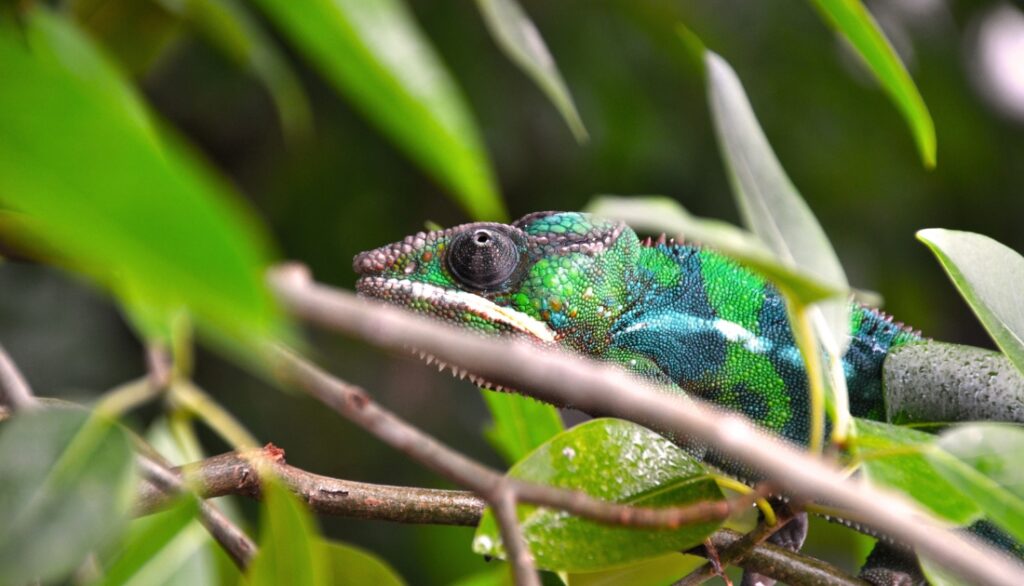
Chromatophores: Masters of Pigment Dispersion
Chromatophores are pigment-containing cells found in the skin of many animals, including chameleons. These cells contain sacs or vesicles filled with pigment granules, which can be dispersed or concentrated to produce different colors.
In chameleons, chromatophores are primarily responsible for rapid color change, with specialized muscles surrounding each chromatophore controlling its expansion and contraction. By adjusting the distribution of pigment within chromatophores, chameleons can change their skin color in a matter of seconds, allowing them to blend into their surroundings or display vibrant hues during social interactions.
Xanthophores: Yellow Pigment Producers
Xanthophores are another type of pigment-containing cell found in the skin of certain animals, including chameleons. These cells produce yellow pigments known as carotenoids, which contribute to the overall coloration of the skin. While xanthophores themselves do not play a direct role in rapid color change, they contribute to the overall appearance of the animal’s skin coloration, particularly in conjunction with other pigment-containing cells such as chromatophores and melanophores.
Melanophores: The Dark Pigment Producers
Melanophores are pigment-containing cells responsible for producing dark pigments called melanin. In chameleons, melanophores are typically responsible for producing shades of brown or black in the skin.
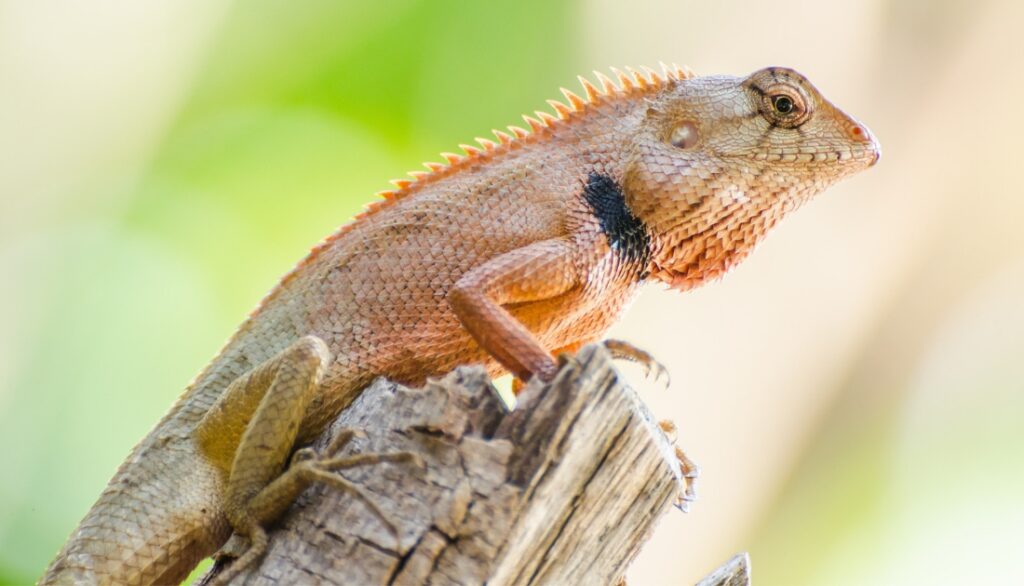
While melanophores do not contribute directly to rapid color change, they play a crucial role in determining the overall pattern and contrast of the animal’s skin coloration. By adjusting the distribution and concentration of melanin within melanophores, chameleons can create intricate patterns and designs on their skin, further enhancing their camouflage or communication abilities.
What are some of the weirdest creatures found in the deep sea?
Neurological Control: Influence of Hormones and Nervous System Signals
Neurological control plays a pivotal role in regulating the color-changing abilities of animals like chameleons. Hormones and nervous system signals intricately orchestrate the process of color change, coordinating the activities of specialized skin cells to achieve precise alterations in skin pigmentation.
Hormones such as adrenaline and melanocyte-stimulating hormone (MSH) are known to influence chromatophore activity, triggering the dispersion or concentration of pigments within these cells. Additionally, neurotransmitters released by the nervous system can modulate the responsiveness of chromatophores and other pigment-containing cells to external stimuli.
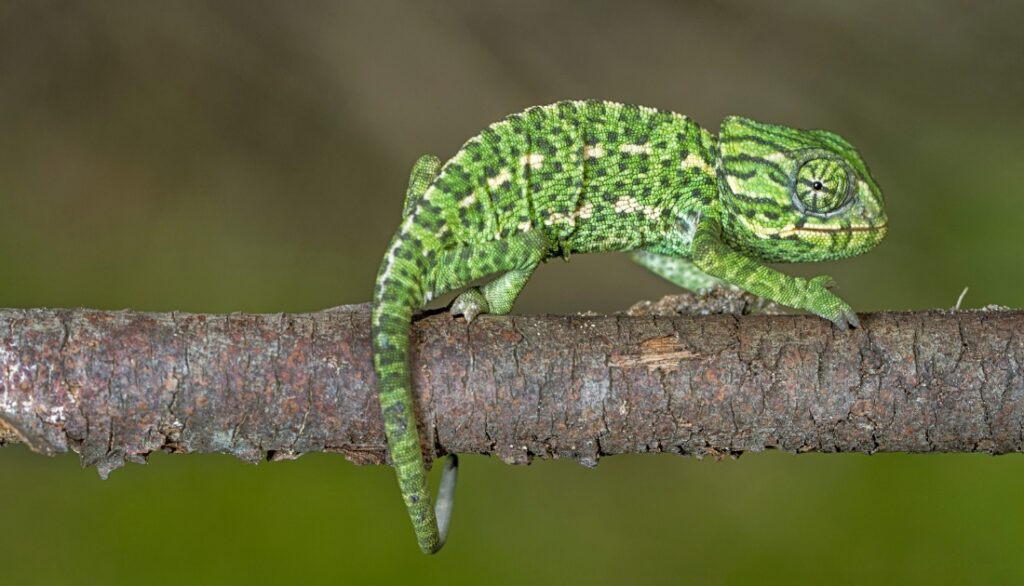
The hypothalamus and pituitary gland are key brain regions involved in coordinating hormonal responses to environmental cues, while the autonomic nervous system regulates the release of neurotransmitters that control chromatophore activity.
Together, these neurological mechanisms enable animals to rapidly adjust their skin coloration in response to changes in their surroundings, such as shifts in light intensity, temperature, or social interactions. Understanding the intricate interplay between hormones, nervous system signals, and skin cells is essential for unraveling the mysteries of color change in animals and its adaptive significance in different ecological contexts.
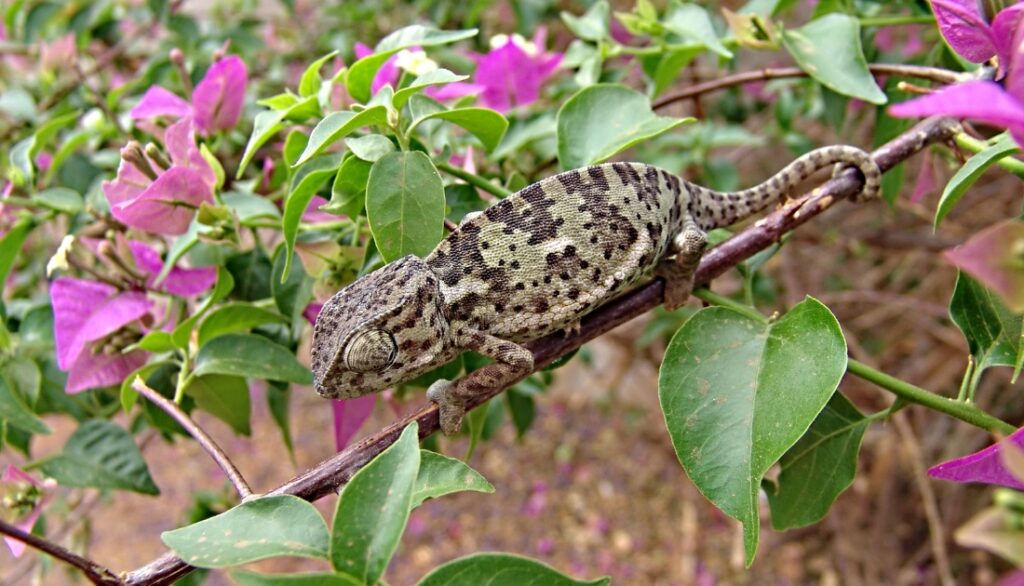
Environmental Factors: Light, Temperature, and Background Color
Environmental factors such as light, temperature, and background color play crucial roles in triggering and modulating color change in animals like chameleons. Light intensity and wavelength influence the activation of chromatophores, with brighter light stimulating more pronounced color changes.
How do animals like chameleons change their skin color?
Temperature can also affect metabolic processes and hormone levels, thereby impacting the responsiveness of pigment-containing cells. Additionally, background color serves as a visual cue for animals to adjust their skin coloration for camouflage or signaling purposes. By integrating information from these environmental cues, animals can finely tune their appearance to enhance survival, communication, and predator avoidance in their natural habitats.
How do animals like chameleons change their skin color?
Evolutionary Adaptations: Camouflage, Predation, and Mate Attraction
Evolutionary adaptations have shaped the remarkable color-changing abilities of animals like chameleons, enabling them to thrive in diverse ecological niches. Camouflage is one of the most prominent evolutionary functions of color change, allowing animals to blend seamlessly into their surroundings and avoid detection by predators or prey. Through precise adjustments in skin coloration, chameleons can match the hues and patterns of their environment, effectively disappearing from view.
Color change also serves as a strategy for predation, enabling animals to ambush unsuspecting prey or stalk their quarry unnoticed. By altering their appearance to match the background, predators can remain hidden until the opportune moment to strike, increasing their chances of a successful hunt.
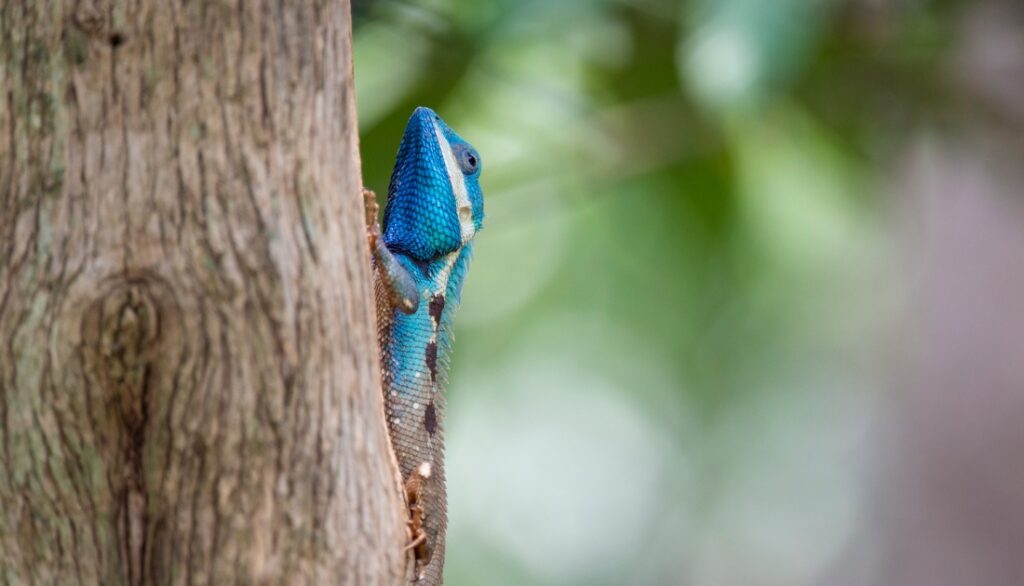
Furthermore, color change plays a crucial role in mate attraction and courtship displays. Vibrant or contrasting colors can signal an individual’s health, genetic fitness, and reproductive status, influencing mate choice and reproductive success. In this way, color-changing abilities have become intricately linked to the reproductive strategies and evolutionary success of species across the animal kingdom.



